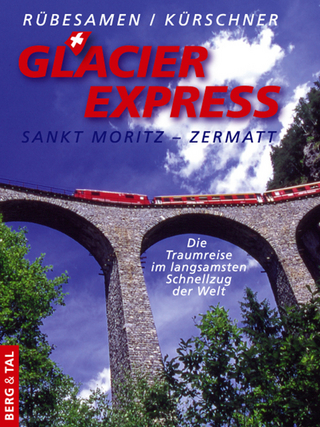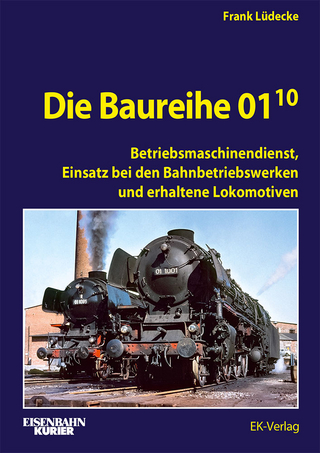
Internal User Vehicles on Britain's Railways
Seiten
2019
Amberley Publishing (Verlag)
978-1-4456-9022-3 (ISBN)
Amberley Publishing (Verlag)
978-1-4456-9022-3 (ISBN)
- Titel z.Zt. nicht lieferbar
- Versandkostenfrei innerhalb Deutschlands
- Auch auf Rechnung
- Verfügbarkeit in der Filiale vor Ort prüfen
- Artikel merken
A fascinating look at an unheralded part of Britain's rail scene. These Internal User vehicles are not permitted to run anywhere on the mainline network and are solely confined to where they have been allocated.
Following on from their use in revenue-earning service, many vehicles (locomotives, carriages and freight wagons) are put to use within the departmental operating fleet, often being rebuilt for a specific purpose. When their use has been deemed no longer necessary for departmental service, many of these vehicles are then put into what is known as the 'Internal User' fleet, where they are used until being either scrapped or sold on to preservationists. These internal user vehicles, once they have been allocated to a works/depot/yard etc, are not permitted to run anywhere on the mainline network and are solely confined to where they have been allocated.
Some vehicles are not transferred from the revenue to the departmental fleet, but are simply allocated directly as internal user vehicles. Once at their allocated location, they quite often become static vehicles or even grounded bodies and are used as store sheds, mobile workshops, fuelling tanks, generator vans and numerous other, sometimes one-off, uses. Not all internal user (or IU) vehicles are used by British Railways/Network Rail: many are or were sold for use in industrial settings such as quarries, coal yards and steelworks.
Following on from their use in revenue-earning service, many vehicles (locomotives, carriages and freight wagons) are put to use within the departmental operating fleet, often being rebuilt for a specific purpose. When their use has been deemed no longer necessary for departmental service, many of these vehicles are then put into what is known as the 'Internal User' fleet, where they are used until being either scrapped or sold on to preservationists. These internal user vehicles, once they have been allocated to a works/depot/yard etc, are not permitted to run anywhere on the mainline network and are solely confined to where they have been allocated.
Some vehicles are not transferred from the revenue to the departmental fleet, but are simply allocated directly as internal user vehicles. Once at their allocated location, they quite often become static vehicles or even grounded bodies and are used as store sheds, mobile workshops, fuelling tanks, generator vans and numerous other, sometimes one-off, uses. Not all internal user (or IU) vehicles are used by British Railways/Network Rail: many are or were sold for use in industrial settings such as quarries, coal yards and steelworks.
Royston Morris’ interest in railways began when he was 12 years old, while on a holiday to Dawlish. Before long he was hooked, and his interest endures more than forty years later.
| Erscheinungsdatum | 16.10.2019 |
|---|---|
| Zusatzinfo | 180 Illustrations |
| Verlagsort | Chalford |
| Sprache | englisch |
| Maße | 165 x 234 mm |
| Gewicht | 301 g |
| Themenwelt | Natur / Technik ► Fahrzeuge / Flugzeuge / Schiffe ► Schienenfahrzeuge |
| ISBN-10 | 1-4456-9022-5 / 1445690225 |
| ISBN-13 | 978-1-4456-9022-3 / 9781445690223 |
| Zustand | Neuware |
| Haben Sie eine Frage zum Produkt? |
Mehr entdecken
aus dem Bereich
aus dem Bereich
St. Moritz – Zermatt : die Traumreise im langsamsten Schnellzug der …
Buch | Hardcover (2023)
Verlag Berg & Tal
14,95 €
Betriebsmaschinendienst, Einsatz bei den Bahnbetriebswerken und …
Buch | Hardcover (2024)
EK-Verlag
54,00 €
Buch | Hardcover (2023)
GeraMond (Verlag)
27,99 €


